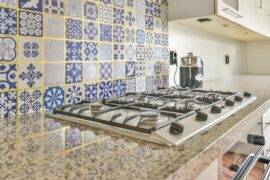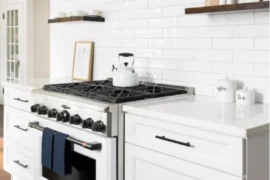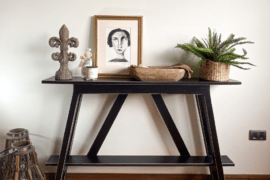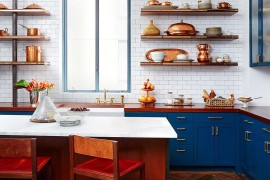Short editorial by Alex Ion who was one of the lucky guests at the launch of the new Volvo Concept Coupe in Sweden
It was a beautiful late-summer day in Sweden. Decoist was one of the guests at the event Volvo hosted in the magnificent scenery of Goteborg (their headquarters), where they wanted to tell the world that the company is returning to its Scandinavian roots by revamping all their models with a signature design that is bold and minimalist at the same time, shows aggressiveness and elegance, all packed in beauty.
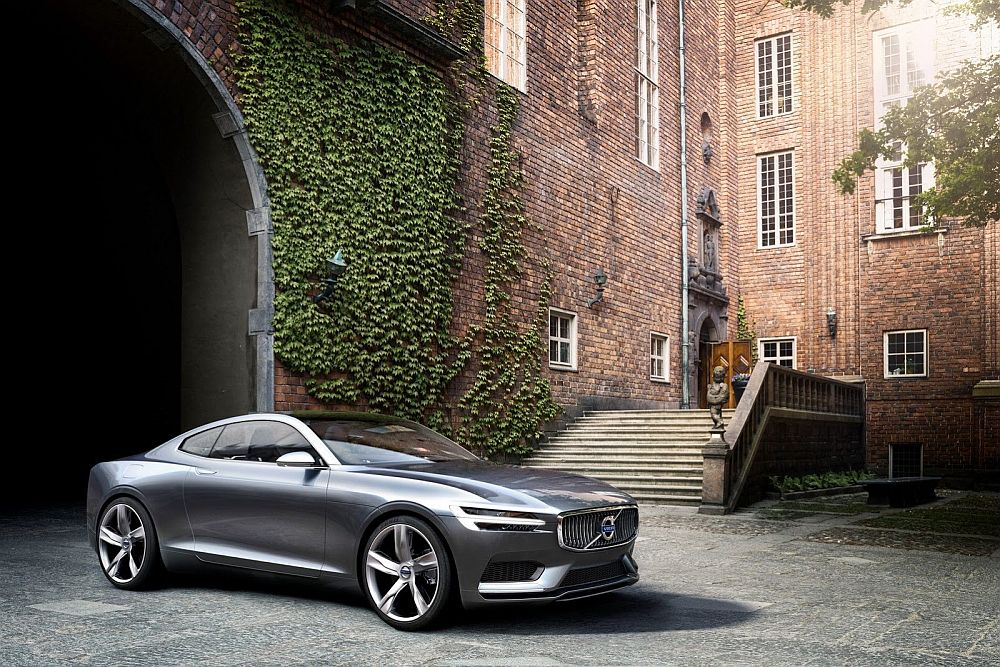
So it struck me. Aren’t cars an extension of our homes?
Many of us have the same daily routine. Wake up in the morning, grab a coffee and some breakfast, and then jump into the car and head for work. For some (me included), driving is quite relaxing; you get to listen to the news on the radio, the sun pets your face with gentleness, making you realize that the whole world is coming to life. In the evening you’re tired when you leave for home, but you know that the car you drive is going to safely take you back.
In this beautiful Scandinavian scenery I realized that the same thing that makes us wish for dream homes, makes us wish for dream cars. The facade needs to be attractive, and the interior needs to be comfortable. So I sat down with Robin Page, the head of interior design for Volvo — previously working for prestigious brands like Bentley where he worked on such projects as the British Queen’s state limo, Rolls Royce or Bugatti — and wanted to know more about what it means to decorate a … car, and how much different it is from decorating a home.
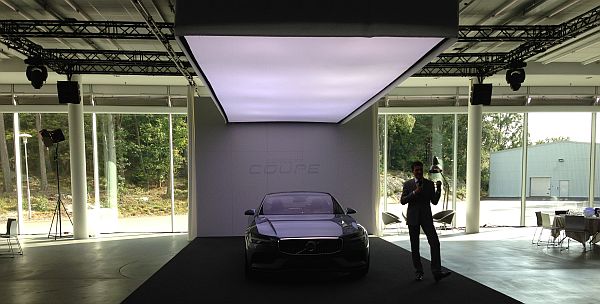
The interview with Robin is below. Hope you’ll enjoy it!
Alex Ion: How does the interior design of a car come to life? In your opinion, are there any similarities between building a car and building your dream home?
Robin Page: I believe in order to achieve a quality, premium feel in a Volvo interior you need to create a blend of several things, for example, good design architecture created in a Scandinavian way, beautiful jewelry details, intuitive technology, mood lighting and a rich ambience of quality materials. These are the same principles I would use if building my dream home. It is not just the architectural design but a lot about the details, the materials, mood lighting and how technology is integrated into the room.
AI: When designing a house (both inside and out), a lot of inspiration comes from the owners; their passions, their hobbies, their needs. How do you identify what people want their cars to be, and how do you translate it into the actual design?
RP: Volvo Cars are very good at listening and analyzing feedback from our customers, which is then inputted into the design process of each car and we also have a company philosophy of “designed around you”. From these two elements the design of the cars are very much customer influenced. Added to that is the influence of living on the West coast of Sweden with its beautiful blue and grey colours and materials such as drift wood, this of course influenced the Colour and materials in the Concept Coupe.
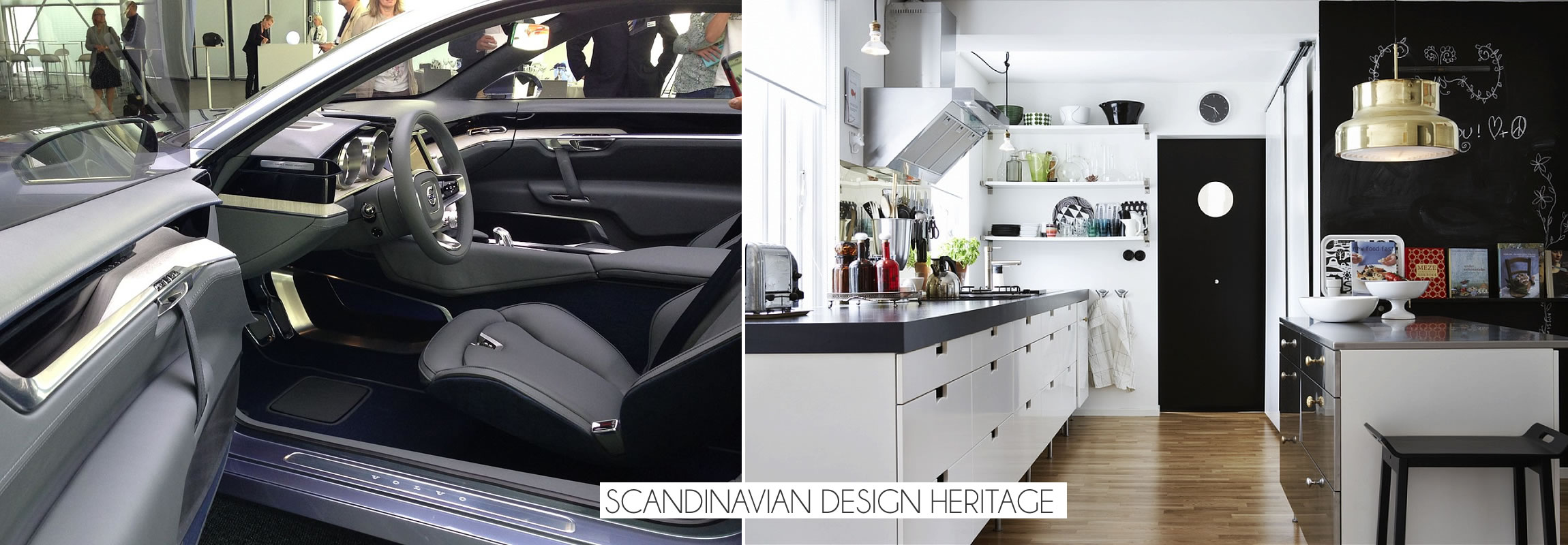
AI: The new Volvo Concept Coupe is a great example of Scandinavian design, a leap forward that faces decidedly towards the future. But there’s more to the heritage of Swedish design than clean lines and expensive materials. What do you think defines it most? What are its core values?
RP: For me Scandinavian design is not just about clean lines and premium materials but also about intelligent solutions to solving design problems and questioning the easy solution. The vertical ipad touch screen in the center of the Concept Coupe instrument panel is a typical example of this principle allowing the interior to be cleaner and purer in its architecture and not be spoilt by unnecessary switches.
AI: For many years you’ve been working in the world of high-quality, luxury interior design. What do people want in terms of materials and build?
RP: I think for the high specification cars people still want the premium materials such as leather and wood veneer but also new materials which are even better if they are connected to the country the car is designed and made in, i,e, in our case Swedish crystal and Swedish woven carpet. From a design point of view I believe you get the best out of materials if you design the surfaces for the materials in the way they should be used, i,e, leather should coat positive surfaces, with stitch lines along the line which is necessary to hold the shape and show the graphics of the design and not forced into negative contorted forms. Wood veneer should be used to finish a solid surface and not a 2 dimensional decorative panel. Be true to the materials and you will not have people touching the surface to check if it is real leather or wood.
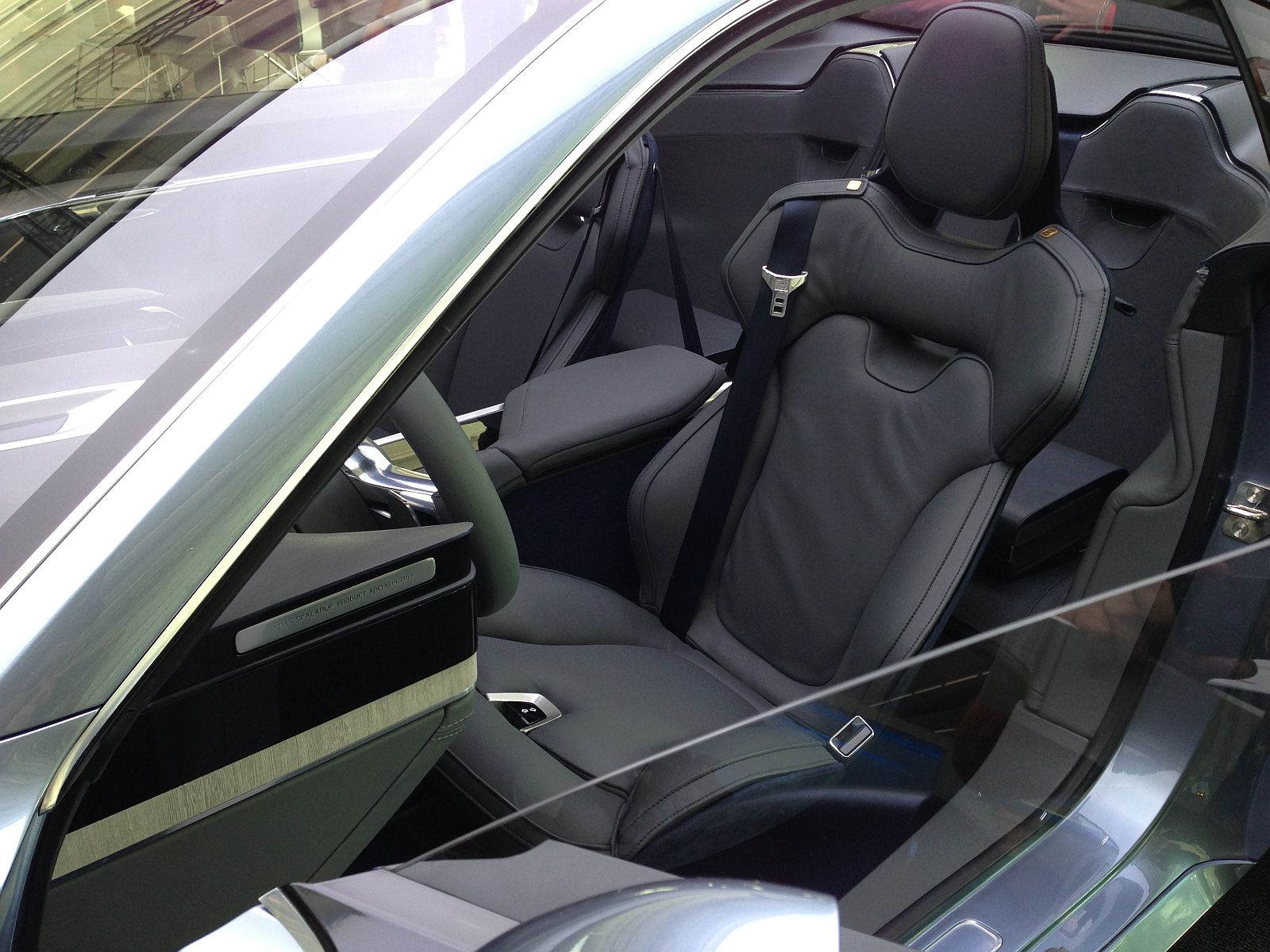
AI: Colors make or break a room. We think it’s the same with every interior, so cars shouldn’t be any different. Do you go by trends or do you conduct your own in-depth analysis for each new project? What are the factors that you consider most?
RP: In the case of the Volvo Concept Coupe the colour scheme was influenced by the beautiful coast line of West Sweden, for example the blue and greys of the sea and sky and even the tones seen on the shell of a blue mussel. The wood veneer represents the look and feel of drift wood. The factor we consider most in choosing colour schemes is to stay true to Scandinavian luxury and lifestyle and not just follow trends in the industry.
AI: We at Decoist, and me personally, are really big fans of Scandinavian design. Where do you stand as a designer? (what you like, what you ‘don’t like’)
RP: I respect and like the classic pieces such as the Arne Jacobsen’s Egg Chair, but also really like the product design pieces as created by designers such as George Jenson and a Swedish leather bag company called P.A.P. We also took influences from fashion with Swedish brands such as Acne. I dislike the cold ambience that is sometimes created when people display Swedish furniture in a simple minimalistic way which can create a negative effect. Back to your previous question it is not just about design but about the overall ambience of a room.
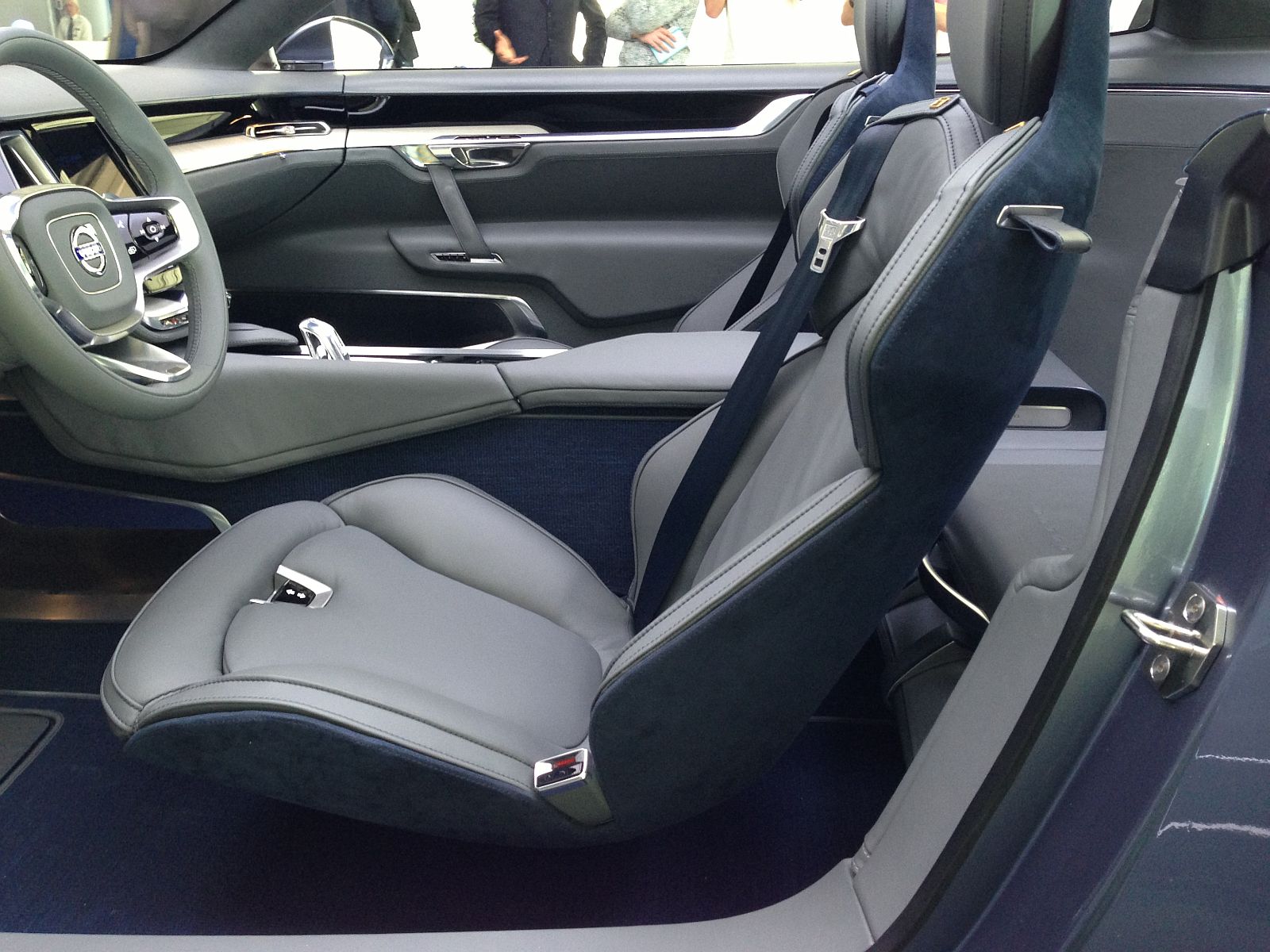
AI: The front seats are extremely similar to Arne Jacobsen’s iconic Egg Chair, a beautiful chair with sculptural lines and a distinct personality. How did you get the idea, and do you think it fits well in a small space like the interior of a car?
RP: Yes, you could say we created a seat which reflects a little the design of the egg chair but more importantly we designed a seat with an outer shell similar to a performance sport seat but with the elegant soft center of a luxury seat. The outer silhouette of the seat reflects the iconic shape of previous Volvo seats especially the head rest and we think looks beautiful in the car.
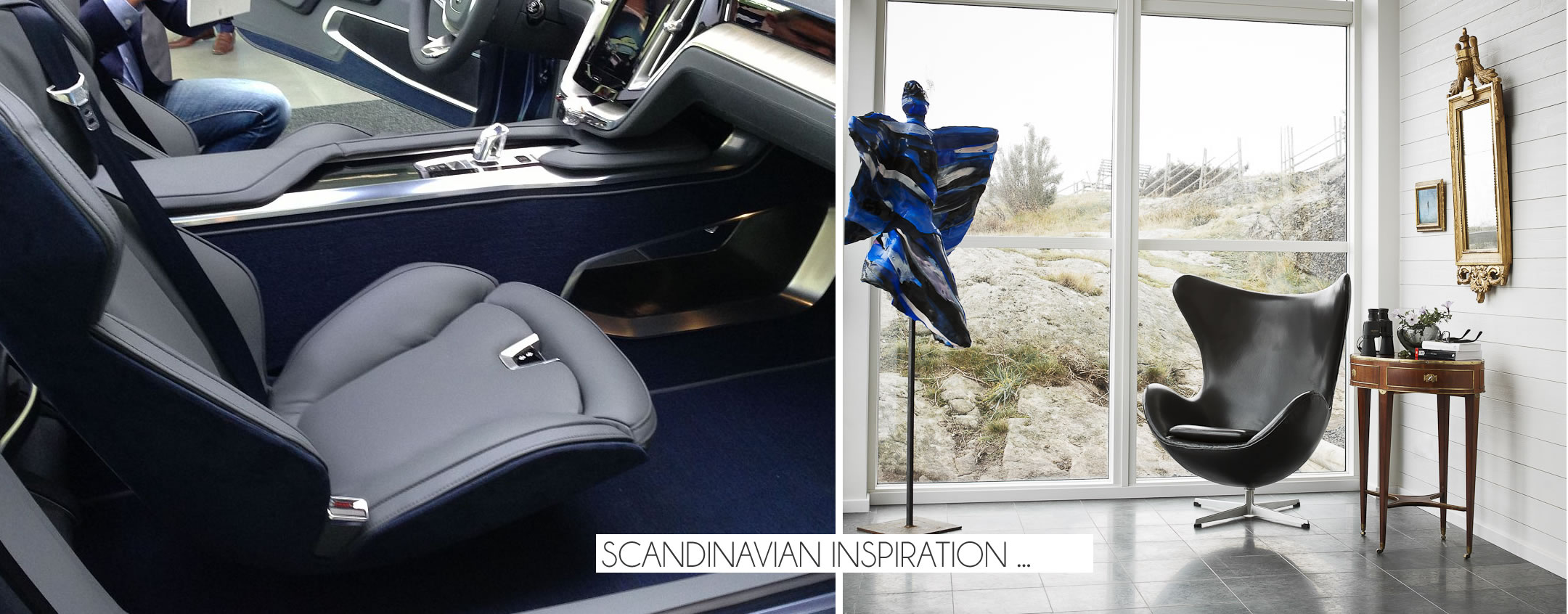
AI: I see there’s a lot of emphasis on details, which is a huge style statement for a premium interior. Where do you find all these materials and how do you choose them?
RP: I have to start with the gorgeous Swedish crystal gear lever which was made at a glass company in the south of Sweden called Orresfors. For me this celebrates a skill and product which Sweden has a tradition of being very good at. The other detail is the beautiful rotary knobs and air blades which have a texture called a diamond pattern on them which was designed at Volvo. The third delight factor is that we created a metal seat belt buckle which has “Since 1959” engraved onto it in order to celebrate when Volvo introduced to the world the 3 point seat belt.
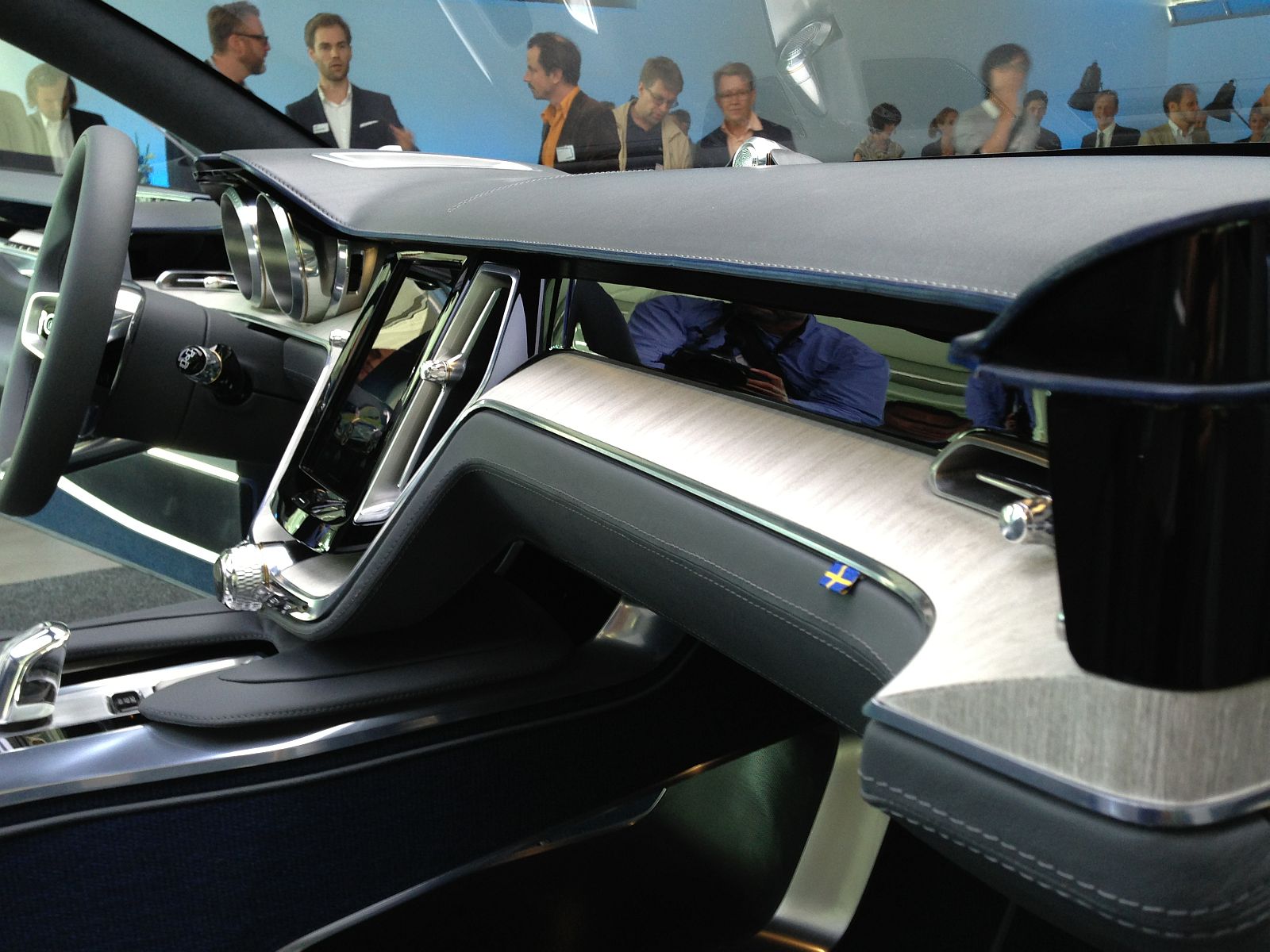
AI: What are your biggest influences as a designer? Are there styles and design movements that inspire you in your work?
RP: Firstly I think it is the responsibility of a designer to capture elements of the history of the brand from the heritage cars but in a modern way in order to keep an identity. The second is to capture the culture and Lifestyle of the country in which the brand comes from i,e in design philosophy and materials and then thirdly it is important to be as modern as possible and these influences tend to come from other industries such as architecture, fashion and product design.
AI: We know there’s usually a healthy tension between those taking care of the interior and those working on the exterior. That’s certainly true in the realm of home design. Have you found this to be true in your work with automobiles? How hard did you guys fight?
RP: At Volvo we do have a very close relationship and work well together, in fact for the Concept Coupe the team requested to sit together. In my past you only normally fight for head clearance and ingress into the car but at the end of the day you all want the product to work well as a common design language and be a success.
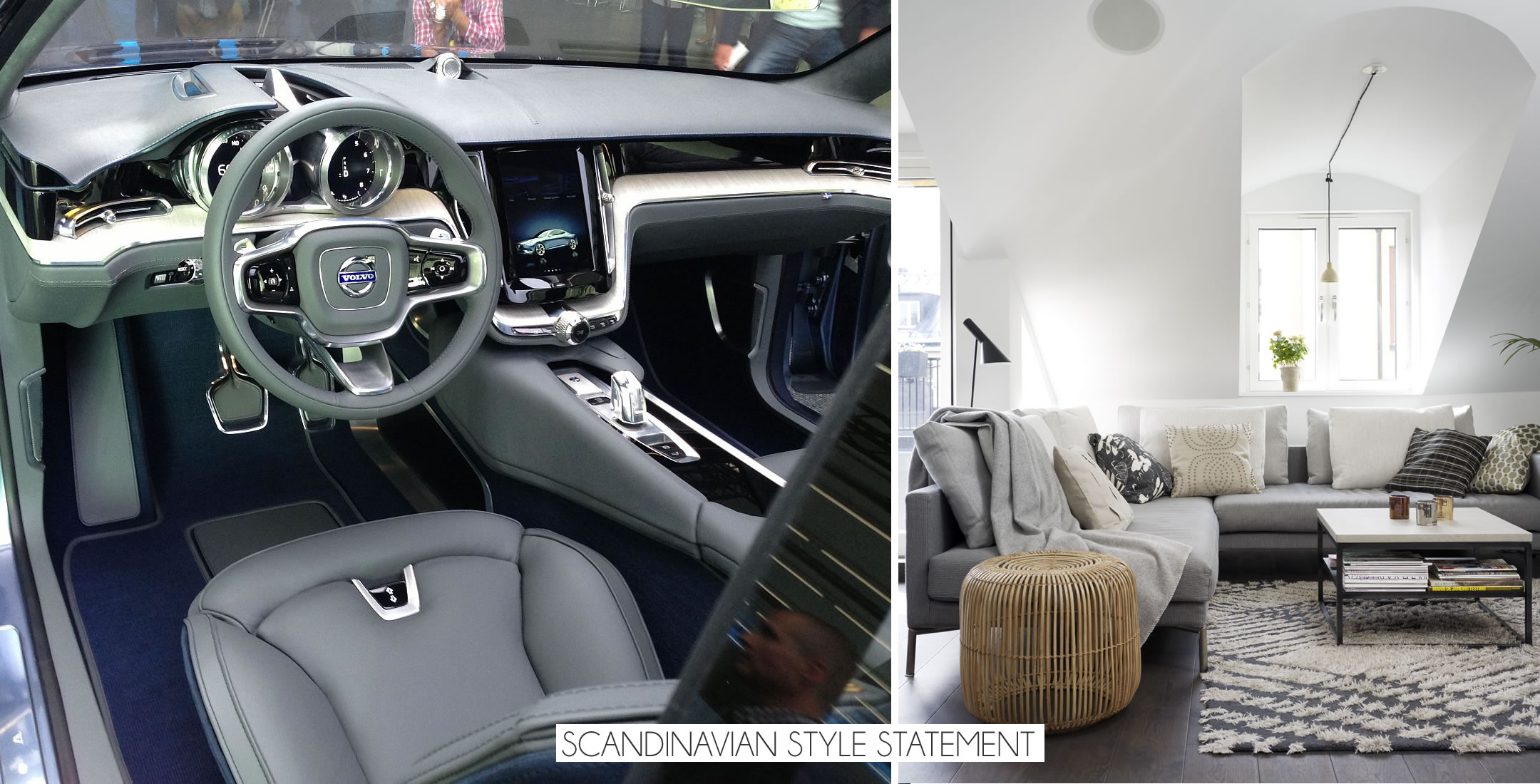
AI: Lastly, we’d like to know what is the coolest thing about designing the interiors of cars… Will you ever switch to houses?
RP: The coolest thing about designing a car is the moment the first design model is assembled and you know then whether your estimations and design decisions all work well together. The other rewarding part is when a team of pessimistic engineers scratch their heads knowing that they have a challenge ahead but then they look at you and say “its going to be tough but shit, it looks good!!!”


